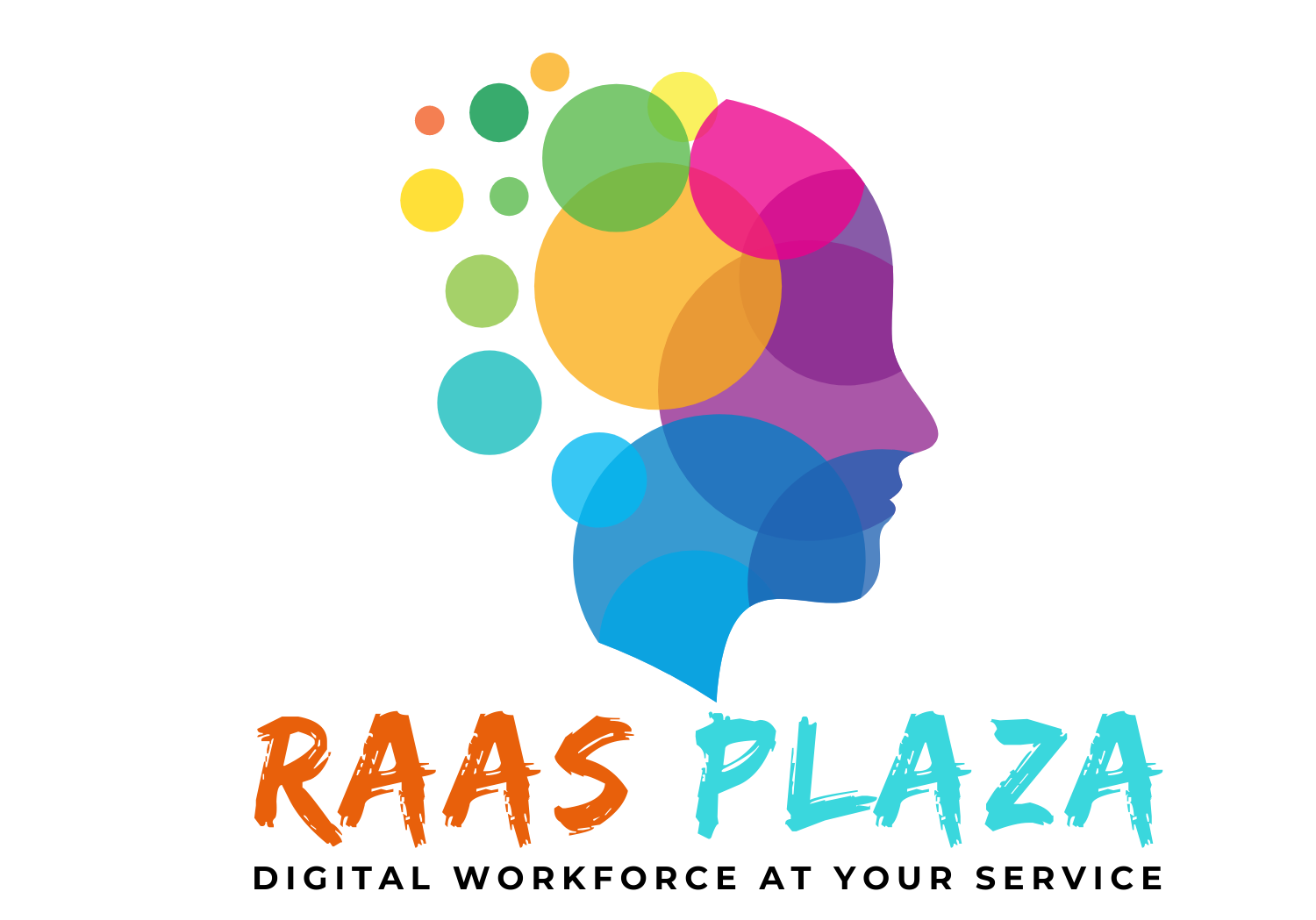Content
Google Development kit allows developers to develop 2D mobile apps. It can be used to develop full-featured mobile apps including support for cameras, geolocation, storage, network and more. If at all you need to build impressive branded designs or stock platform apps, then a cross-platform framework like Flutter is well suited for the task. Flutter is Google’s mobile application development kit that can be used to develop mobile apps that run on cross-platform devices such as iOS, Android as well as Google Fuchsia devices. Google Fuchsia is a new platform being developed by Google.
- Though mobile app development with Flutter looks easy, it has many advantages and disadvantages.
- 30% compared to the results achieved with native development.
- In this article, we are going to put all those for your better understanding.
- If those sound like a good thing to your business, Flutter app development might be the perfect solution for you.
- Development and testing are highly efficient with Flutter because changes to your code compile are visible immediately.
- Flutter is a revolutionary technology that makes it easy to create applications that work without any performance issues and look amazing at the same time.
While operating autocomplete input fields, users may face problems with extracting passwords from integrated or third-party password managers. Being underage, so to say, Flutter displays shortcomings that are symptomatic of all novel know-how. It still lacks stability and needs augmenting some functions and tools as well as eliminating minor development flaws. Developers are generally new to this technology, and collecting a whole team of them with adequate qualifications is going to be a job of work. Peculiar is also how the components are structured to form Flutter architecture. Here, the operating system acts as a canvas where an interface is construed, while animations, gestures, rendering, painting, and other services are located in the framework per se.
Dart
Flutter is great for the front end development of all the points you discussed in the article. Besides everything it’s an Google product which make it desirable. React Native has a similar feature called Fast Refresh and Xamarin offers XAML Hot Reload. Google is known for creating detailed and well-structured documentation, something that React Native struggles with. Apart from classic docs, you can watch video lessons from the Google team, and go through practical exercises on Codelabs. You can find hundreds of courses on Udemy and Udacity, join Facebook communities, and even a study group on Slack.
Flutter’s widgets have a natural look, are extensible, and fast. Users also can create complex custom widgets that are used for screens and apps. Flutter framework doesn’t separate layouts, views, or other properties, it has a unified object model, called the widget. For instance, stylistic or structural elements can be defined as widgets. One of the latest updates in Flutter is its pixel-perfect iOS appearance.

Yet what’s important is that, if you want to differentiate your apps – it’s possible. Like all new tools, Flutter can experience problems of relatively fresh technology. Typical concerns include not coping with changes in the UI of iOS and Android for example. Some developers also claim Flutter is still not mature enough to handle big, e-commerce applications — but Tencent and Alibaba’s examples seem to prove otherwise. Everything in Flutter is a custom widget created to look natively both for iOS and Android devices. The whole UI design is all about combining those widgets, including text, shapes, animation.
When not leading an ambitious app development project, you’ll find her playing board games with her 6 years old son and piquing his curiosity in computer programming. Learning a Dart programming language is the easiest thing to learn. Many developers with little coding knowledge can develop prototypes and apps with the framework. The mobile app development experience will not weigh into this development.
Dart is able to achieve this thanks to AOT or ahead of time compilation. Hot reload is a feature that enables developers to change the code and see the result right away without relaunching the entire application. Flutter meets these criteria much better than any other kit for cross-platform development. Superior development experience, improved testing, digestible documentation, and stable application programming interface were the main reasons why Nubank opted for Flutter. If there’s one code for two platforms, testers will only run one set of tests. In the case of app differences, testers will have to do a bit more work and run automated tests on both platforms.
PayDo Review & Product Details
Also, the Hot Reload feature makes it extremely easy to fix bugs, make changes and experiment. Overall, if speed is what you’re after – Flutter is a great choice. Here’s the thing – Flutter allows you to build the application extremely fast. Not only is it a cross-platform SDK but it also has the builder tool and lots of UI widgets that you can use.

Prototype and maximally cut the time to market, use of Flutter will be reasonable even though you have just a product idea written on the whiteboard. That’s why you should be ready that support and maintenance of the iOS part of your product may appear to be a heavy lift. Crashes, you can be sure that bug fixing will be fast enough and your users won’t even have time to get frustrated.
There are also ready-made Flutter solutions for most popular CI platforms such as Travis and Circle. However, you need to set up the toolkit for these kinds of platforms. Various https://globalcloudteam.com/ sources tell about different percentages of cost savings, but it’s self-explanatory that by cutting time for development, testing, and deployment you reduce your expenses.
Top 8 Major Issues Faced by eCommerce Businesses
Flutter for mobile app development is now a reputed framework with the guts to develop many online applications effectively at less cost. All thanks are to its features which act more responsively at all screen sizes. The Flutter development kit creates fully-featured 2D mobile apps having impressive branded designs, style, etc. Mobile applications like the AdWords app and Alibaba are built on Flutter.

Flutter was released by Google to promote a fresh look at cross-platform programming. The Dart language, the widget set, and the robust rendering engine showed a new vision of Google which has been widely supported and loved by thousands of developers, among other benefits of Flutter. Flutter uses Dart programming language which is optimized for fast apps on any platform, easy to learn and allows you to develop high-performing applications. Cross-platform app support is less complicated since identical code typically requires identical solutions for both OSes. Maintaining two separate native apps, in turn, is resource-intensive. Each platform will come with its own set of bugs and flaws, and the price of code maintenance will rise further as new versions of iOS and Android are released.
Best Framework of Cross – Platform Mobile App Development
Fintech Expertise in blockchain, real-time payments, 360-degree customer analytics, and more. Join us to apply your skills working on interesting projects. However, as more people switch to Flutter, the third-party Flutter environment is expanding quickly, so you can anticipate that this problem will eventually disappear.
Flutter is one of the go-to options when it comes to developing cross-platform applications. It is indeed true that Flutter has proven itself to be among the top-of-the-line frameworks fr developers. Google support for Flutter is impressive, and there are many helpful libraries with functionalities ready to be implemented. But Flutter is still new and not every functionality which you need can be found in these libraries. This means that your developers would need to build them by themselves, which can be very time-consuming. Although it is a relatively new tool, companies like Alibaba and Tencent (the leading Chinese internet-based group) have adopted the technology in their most significant products already.
Subscribe for exclusive access
In our experience, building a project with a cross-platform software development kit like Flutter takes 20-50% less time rather than creating native apps with the same functionalities. Flutter is now the talk of the town when it comes to the cross platform mobile app development. To run seamlessly on both iOS and Android platforms Flutter has grabbed its place in the top list of cross platform technologies.
In Flutter, you can fix it right away, continuing from where you left off, without restarting the whole thing. Hot reload elevates programmers’ productivity, helps with quick iterations, and allows you to experiment without long react native vs flutter delays. As you already know, Dart compiles into native code directly — unlike React Native which uses a JavaScript bridge to talk to native widgets. The bridge complicates debugging and is very expensive in terms of performance.
Maximum Productivity & Quick Compilation
JIT facilitates hot reloads — as the app code is compiled while running immediately, a change is made. AOT compilation handles the compilation of code to the native ARM machine code, which makes Flutter extremely fast. Dart is a client-optimized language for developing apps on any platform. The Flutter framework is built in Dart, so if you’re looking to build apps using Flutter, you only need to know Dart. Flutter is an open-source framework, meaning you can access the original codebase used to develop it. As such, you can make contributions, file issues, and help the Flutter community.
Of course, if your apps have some differences, they need to be tested on both platforms. Flutter’s biggest advantage — building native-looking iOS and Android app using the same code base can be its biggest disadvantage for some. It is a framework designed for universal, cross-platform apps. Using Flutter for platform-specific projects that use platform provided view or are in any way tied more to one platform than another is not the best choice.
Large applications may require up to 10 layers of code to create a basic object, so you’ll have to plan the structure ahead. Flutter allows you to basically control every pixel on the screen. Not only that, your application will look the same on newer and older devices. With this SDK you can build complex, impressive UIs very easily and it won’t impact the performance of the app.
Dart is a modern object-oriented language that will remind you of Java or C++ with its syntax. It supports both strong and weak typing styles making it easy to pick up for beginners. Above, we mentioned that Dart is responsible for some of the crucial things about Flutter. Let’s analyze what about Dart’s nature makes Flutter… well, Flutter. Debugging in Flutter is conducted with the help of Flutter DevTools .
Is Flutter Good For Development?
This is a magic feature that aids in releasing the app weeks earlier because the developer can make changes on the go and check which otherwise is an aching process. In our opinion, Flutter has many more advantages for business and development teams than risks. It’s a great chance to build beautiful, high-performance, and outstanding mobile apps that fit your custom needs and requirements. It’s worth considering Flutter, especially if you want an app both for iOS and Android. One has to learn Dart if he or she wants to develop apps in Flutter.
